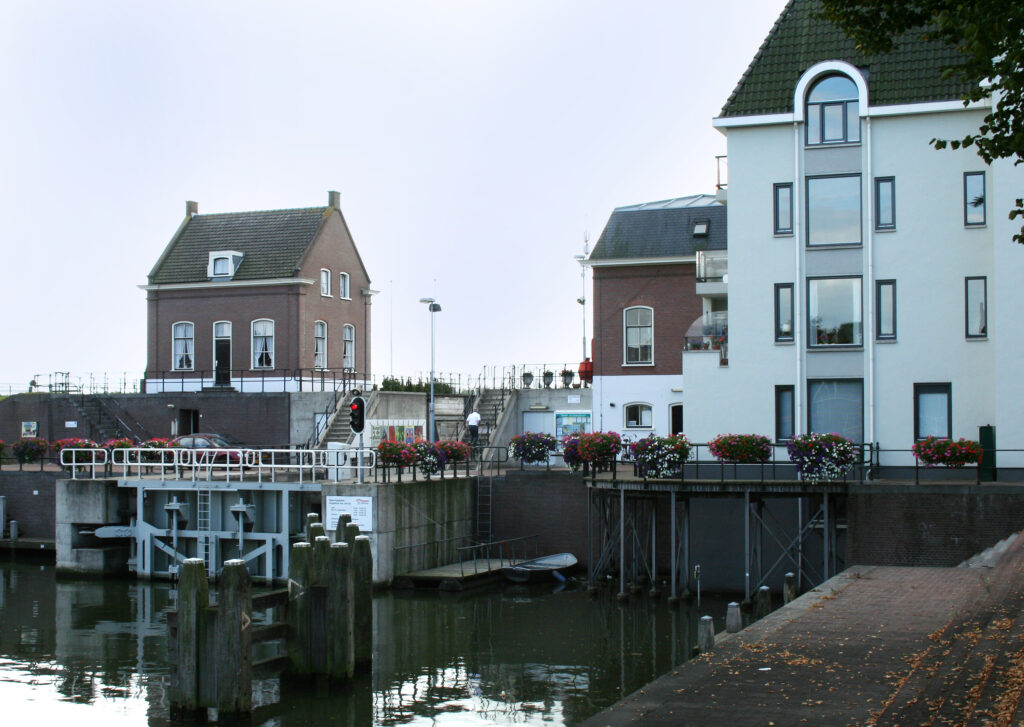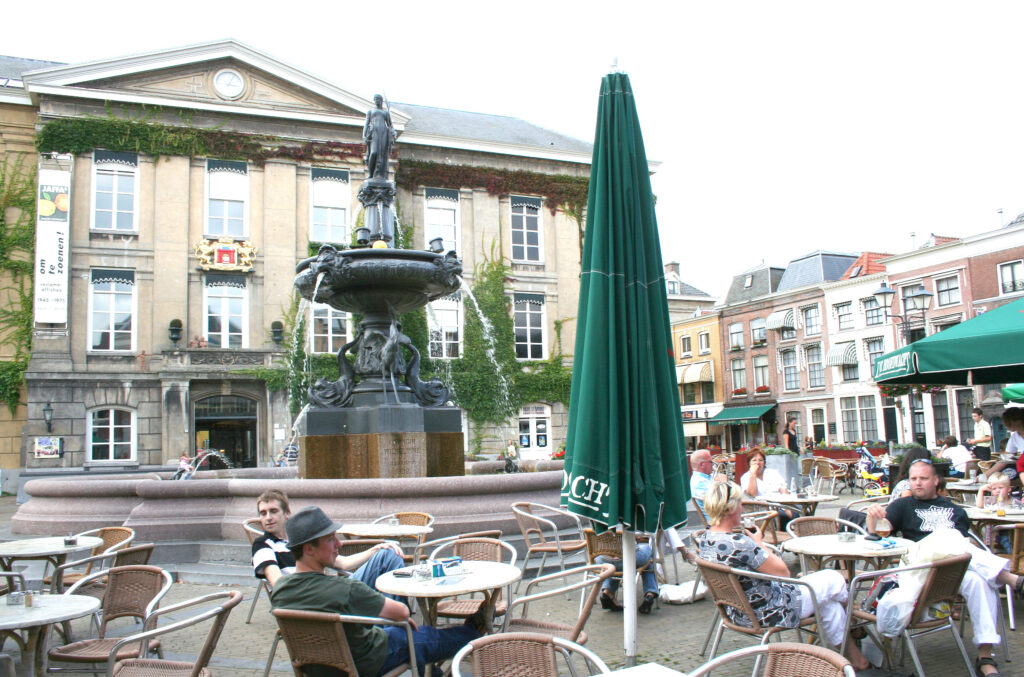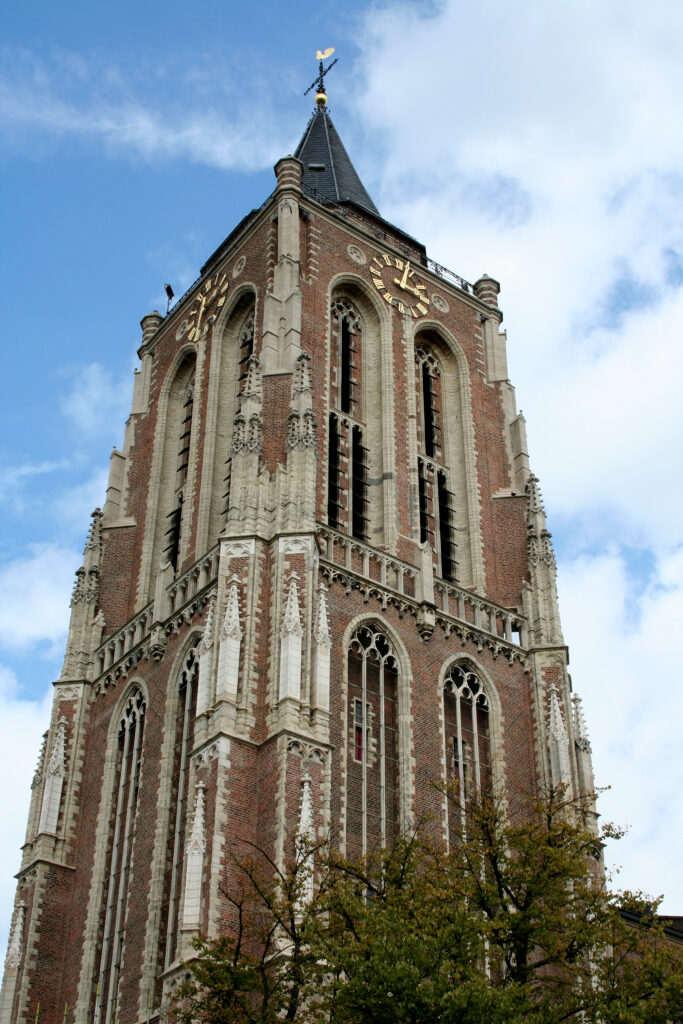GORKUM

historic center is a labyrinth of cobblestone streets
Gorkum, also known as Gorinchem, is a picturesque city located in the province of South Holland, Netherlands. With its rich history and stunning architecture, Gorkum captivates visitors with its charm and allure.
Dating back to the 13th century, Gorkum boasts a remarkable past. The city’s historic center is a labyrinth of cobblestone streets and ancient buildings, preserving the essence of its medieval origins. The iconic city walls and the 16th-century watchtowers stand as silent witnesses to its historical significance.
Gorkum’s connection with the renowned artist Rembrandt van Rijn adds to its cultural appeal. The house where he lived during his formative years is now a museum, offering a glimpse into the life and works of the master painter.
Beyond its historical heritage, Gorkum thrives as a vibrant modern city. Visitors can indulge in local delicacies at the bustling markets, explore the scenic riverfront, or take leisurely strolls through its beautiful parks.
For those seeking a tranquil escape, Gorkum offers a serene landscape and a calm atmosphere. The nearby nature reserves provide an opportunity for relaxation and outdoor activities, making it an ideal destination for nature enthusiasts.
In conclusion, Gorkum strikes a perfect balance between preserving its illustrious past and embracing the present. The city’s blend of history, culture, and natural beauty make it a truly enchanting destination that leaves a lasting impression on all who venture into its quaint streets.
What's in a name?
In 1858, the then municipality had it recorded that the official name is Gorinchem.
And it still is! Gorcum and Gorkum show how the name is usually pronounced by the Gorcumers. That the inhabitants themselves prefer to say Gorcum is also evident from the frequent adjective use: the Gorcums Museum, Gorcum Sports Gala, Gorcums Winterfestijn, Gorcums Carnaval, Gorkum City etc.

gORCUMS MUSEUM
The Gorcums Museum is the city’s municipal museum.
It holds a collection on the history of the city and a collection of modern art. Works by various seventeenth-century painters from Gorinchem can also be seen.
(Click to go to website)
mARKET SQUARE
The large market is nowadays entirely dedicated to terraces.
The former town hall still dominates the square and has been transformed into a restaurant and museum. The Wilhelminafontein was placed on the Grote Markt in 1898 on the occasion of the accession of Queen Wilhelmina.
The design consists of a zinc column on which stands a woman with palm branch and laurel wreath. The column stands in a basin that is carried by two herons and dolphins. On the corners of the pelvis are four masks as gargoyles. The pedestal of the basin is placed on an artificial granite pedestal, in which it is engraved: “Queen Wilhelmina 31 August 1898”. The whole is in a basin that is placed on a pedestal of hard stone steps. In the corners of the basin are four water-spewing frogs.
eo.

the most beautiful fortified city
On 16 August 2021, Gorinchem was named the most beautiful fortified city in the Netherlands by the ANWB.
It is located on the rivers Linge and Boven-Merwede. It is believed that Gorinchem originated because fishermen and farmers founded a settlement around the year 1000 on somewhat higher land near a mouth of the Linge in the Merwede. The place is first mentioned in a document from 1224 in which Floris IV de Gorcumers confirms the toll exemption in the entire county of Holland.

Martyrs of Gorkum
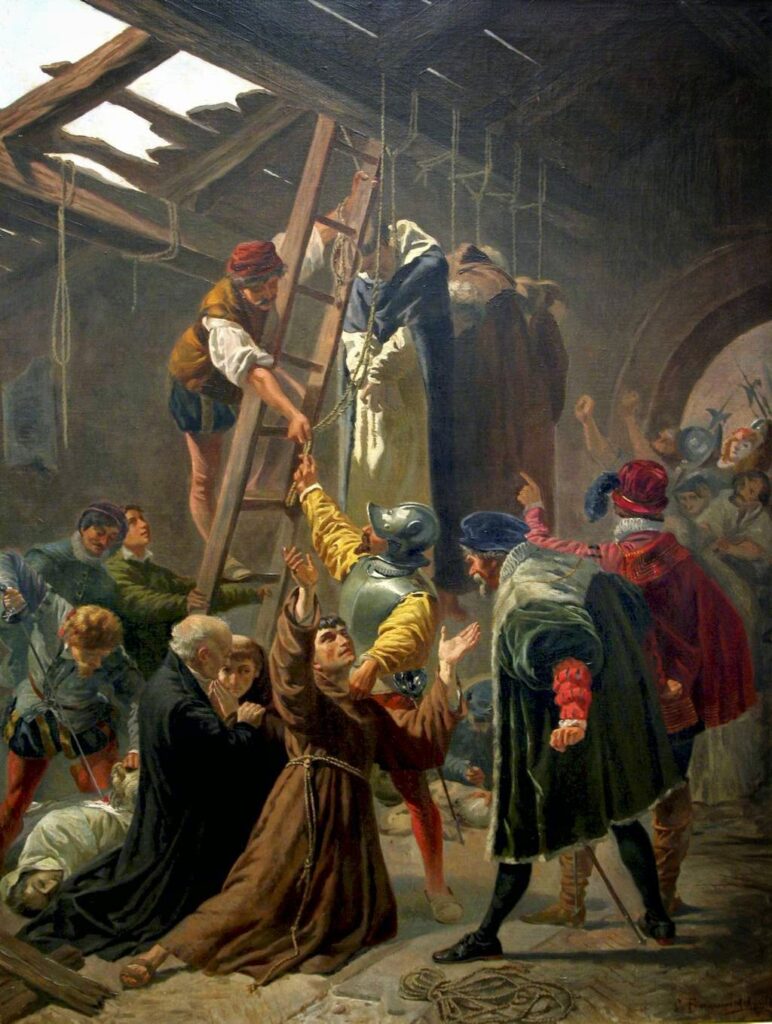
We write the year 1572. The beggars, led by William of Orange have conquered Den Briel from the Spanish ruler. After the Briel also fell the nearby Dordrecht.
The inhabitants of Gorkum had heard that Dordrecht had sided with the beggars without resistance. They are afraid of violence and destruction and decide to join the insurgents. Once in the city, the beggars go in search of the hated Roman Catholic clergy. In Gorinchem there is a nunnery and a Franciscan men’s monastery. The beggars torture the nineteen clergy for days. They are trying to get them to renounce their Catholic faith. But that turns out to be in vain. The beggars decide to transfer the clergy to their base of operations Den Briel just to be sure. They put them on a mussel boat in their underwear on the night of 5 to 6 July. In the early morning of July 7, they arrive in Den Briel.
The beggars supplement the group of prisoners with a few more Catholic clergy from Heinenoord, Monster and Dordrecht, so that there are 24 people in the cell. they organize a tribunal in the alderman’s room in the town hall.
They bring in two Protestant pastors who have to try once more to drop the clergy from their faith. The plan fails. Without the tribunal reaching a verdict, the beggars take their prisoners to the ruins of the St. Elisabeth monastery just outside the city walls of Den Briel.
Only the peat barn is still standing.
There, on the beams of the barn, the clergy are hanged in the early morning of July 9. Four of them convert to the Protestant faith at the last minute and escape the gallows. This brings the number of martyrs of Gorinchem to 19. The bodies of the clergy are mutilated and eventually buried in the barn. The story of their deaths soon goes around, thanks in part to relatives of the martyrs. Images of the clergy appear and life stories are printed. There are also rumors about healings that would have happened after a prayer to the murdered ‘martyrs of Holland’. It leads already in the sixteenth century to the arrival of pilgrims to Te Rugge.In 1593 the peat barn was demolished.
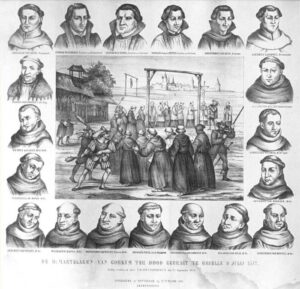
BeatifiedThen the Twelve Years’ Truce (1609-1621) begins and the borders open. Jesuits dig up the remains of the martyrs and scatter them in monasteries and churches in the Southern Netherlands, Germany and Spain. Sixty years later, the clergy are beatified by Pope Clement X under the title ‘martyrs of Gorcum’, among other things on the basis of 32 miracles to their name. Canonization Then it is quiet for centuries around the martyrs. The Netherlands are Protestant. There is hardly any room for Catholics to remember the murdered clergy. Pilgrimages are forbidden and the centenary of the martyrs in 1772 is only celebrated outside the Netherlands. It was only in the French Period that the privileged position of the Protestants came to an end. From that moment on, several attempts were made to canonize the martyrs. It was not until November 24, 1867, that this was achieved under Pope Pius IX. In 1675 the martyrs were beatified. In 1867, Pius IX included them in the official Roman martyrologium (the list of holy martyrs) after canonizing them in St. Peter’s Square.

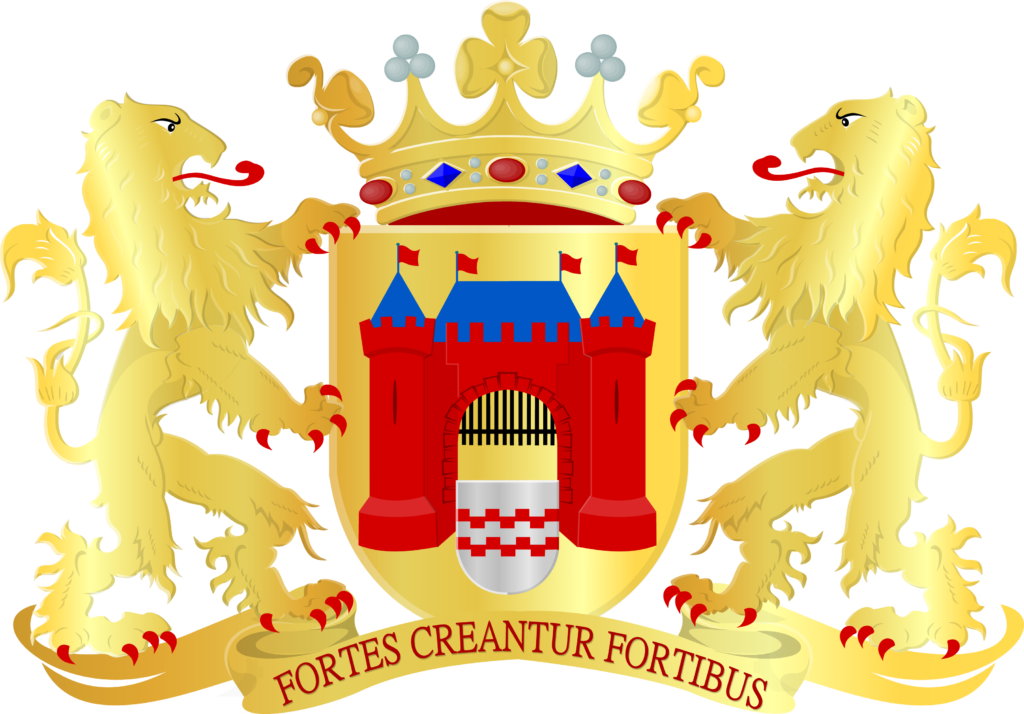
The city council requested official recognition at the beginning of the 19th century and sent a drawing of the coat of arms with the motto to the High Council of Nobility.
The description on the coat of arms diploma was not complete: there was nothing mentioned about the direction of the vanes on the gatehouse, the color of the nails of the shield holders, the trap fence in the gate nor the motto.
This is the reason that on 24 July 1816 the Supreme Court gave a partial confirmation that caused Gorinchem to make do with a stripped-down weapon for a long time. The municipality later corrected this and received recognition of the weapon to be used by Royal Decree of 24 March 1982.

windmill the hope
De Hoop is a wal- and corn mill built in 1764 in the city of Gorinchem.
This scaffolding mill is located on the city wall on the Boven-Merwede and can be clearly seen from the water. It took more than a hundred years before the mill got a name: in 1879 the hitherto unnamed mill was given the name “De Hoop” by the then new owner A.J. van de Water. This mill was restored in 1995 and put into operation in the same year. The mill was then regularly in operation again and grains were ground again. In 2000 the millers stopped and in 2001 Hennie Blom became a miller. This occasionally puts the mill into operation, although to date it has not been pumped. The mill is sometimes open on Saturday morning or Sunday afternoon.
Saint Janstoren
The construction of the tower would have started in the time that the lords founded Van Arkel Gorinchem in 1212 and was then lower. In 1361 the tower would have collapsed due to heavy thunderstorms and then rebuilt.
It was not until 1517 that the tower reached its (current) highest point. The Great Tower is characterized by a, for the Netherlands, unique glockenspiel.The carillon consists of 47 bells with a total weight of almost 11,000 kilos. Most carillons hang in an open tower. In the tower hang two large bells (1481 and 1625). They have accompanied life in Gorinchem for centuries; in case of fire, dike breach and plague.
The Great Tower is popularly called ‘Sint Janstoren’ because the church that stood against it was dedicated to Saint Martin or Saint John on 22 April 1263. This building was demolished in 1844. The current church building was inaugurated in 1851.






